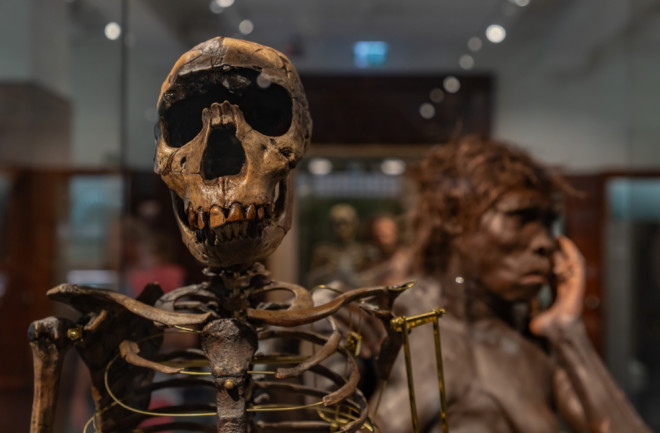It’s no surprise that modern-day human bone structure varies greatly from that of our ancient ancestors. As society has advanced and new technologies developed, so too has our bone structure.
Thanks to modern technology, researchers are now better able to pinpoint just when those bony changes began. Food played a major factor in shaping our skeletal frame, but not in the way you may think.
Biological Anthropology and the Evolution of Bones
Although the study of anthropology dates back centuries, biological anthropology is a relatively new discipline made possible in the 1990s with the rise of computer tomography and other technology, says Timothy M. Ryan, professor and head of anthropology at Pennsylvania State University.
“That spurred a lot of what we do,” Ryan says. “That was the beginning of the modern approach to skeletal variation.”

